The Mental Health and Wellbeing Conference 2022
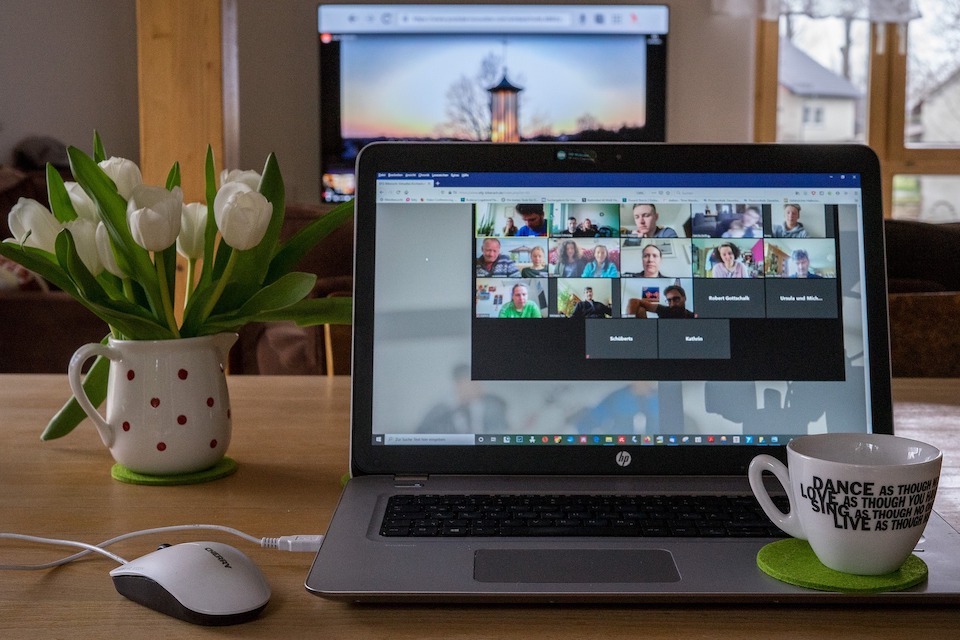
...the support offered by civil servants to each other. The conference sessions are testimony to working together through change and remind us to keep looking after each other. We hope...

...the support offered by civil servants to each other. The conference sessions are testimony to working together through change and remind us to keep looking after each other. We hope...
Just about everyone knows how to write, but not everyone can write well. Jonathan Marshall shares his tips to help you write better Government Skills learning expert Jonathan Marshall explains...
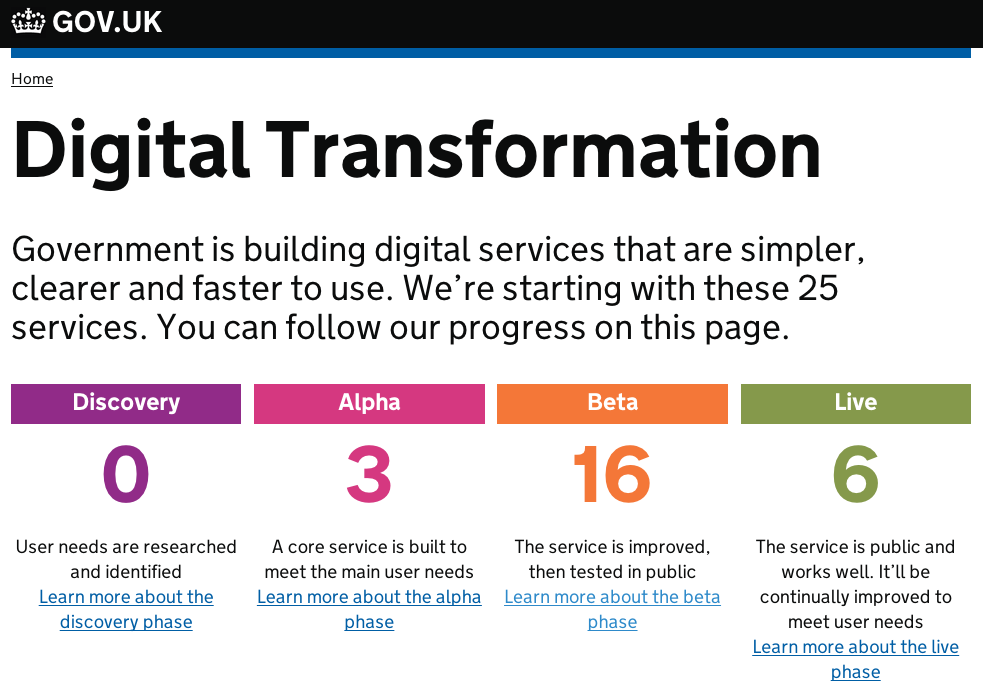
...the users: people who need to use government services, from the trivial to the life-changing. All these services, all the platforms, everything we build from now on should be focused...
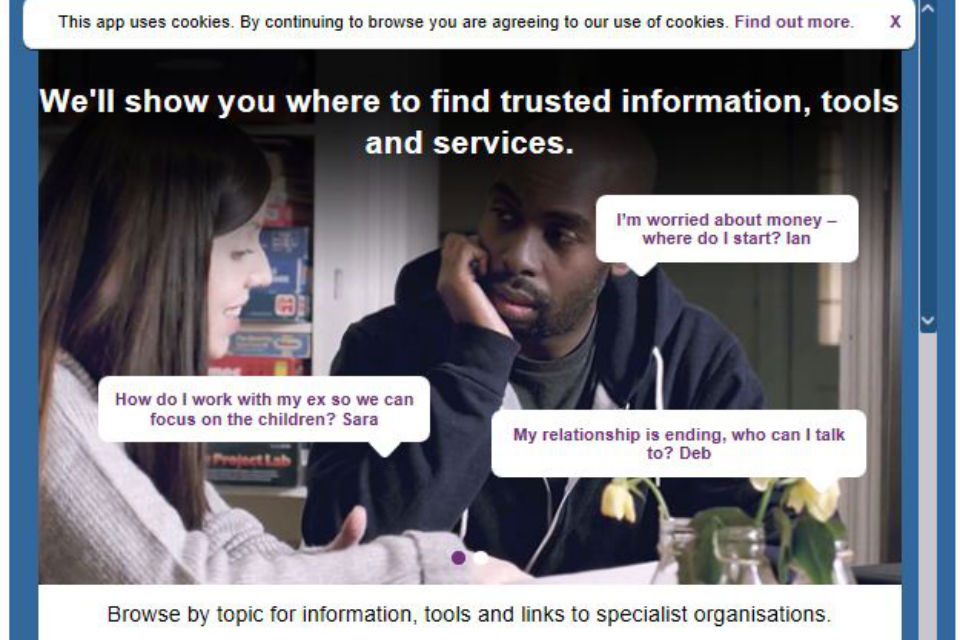
...paying it to the parent with care”. This whole process not only took time, and cost a lot to administer, but it also tended to weaken the relationship between the...
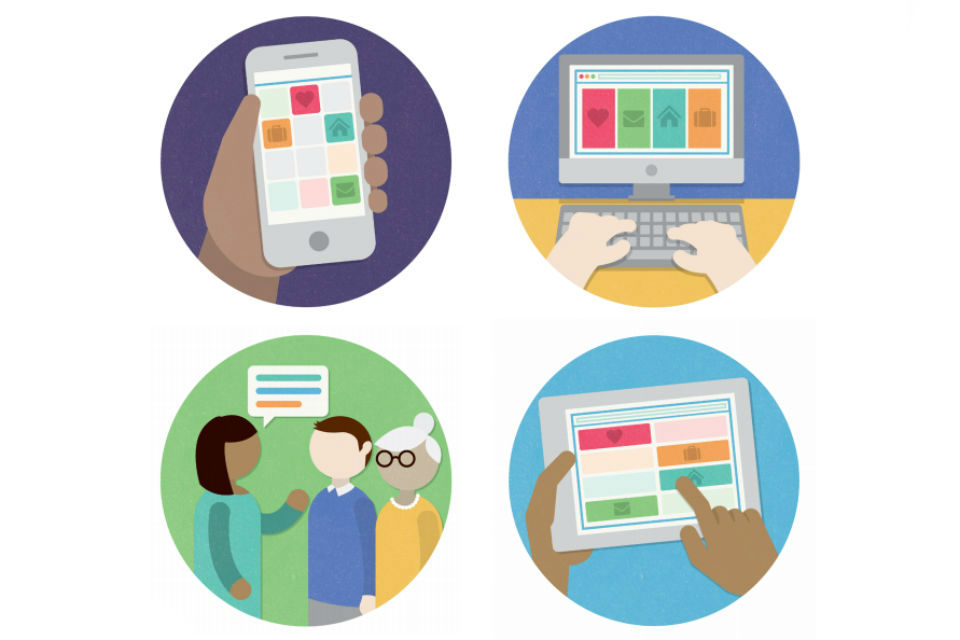
...to find more information on how to use all of these tips effectively. If you find this useful, there are lots of resources that can help you to quickly understand...

...learnt is that I need to do better. I need to actively listen to the language others use. If a colleague is using neutral language to describe their partner, mirror...

...to be honest about both the opportunities and limitations of digital technologies: their power and potential lie in how we put these to use. For DFID to unlock the opportunities...
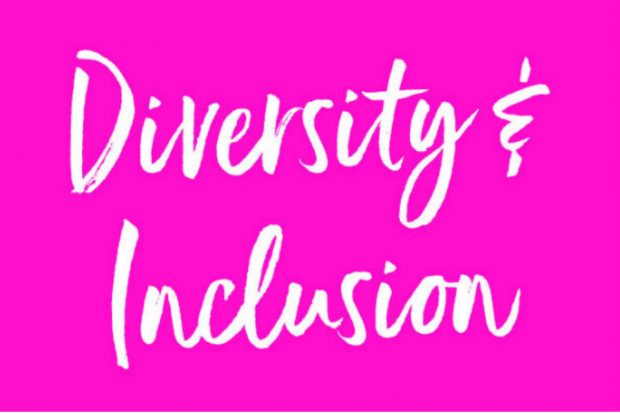
...of topics from workplace adjustments, job applications through to a wide range of work projects. It’s really great to be able to tap into such a range of expertise and...
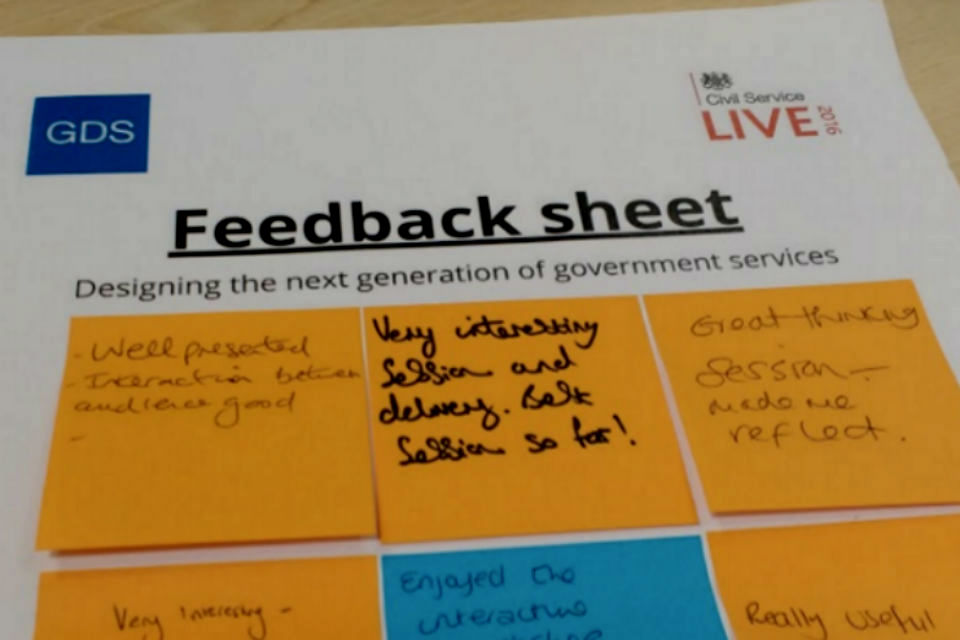
...finish. Here are the three main things we covered: 1. Understanding your users The first step to building services that meet user needs is to understand those users. We provided...
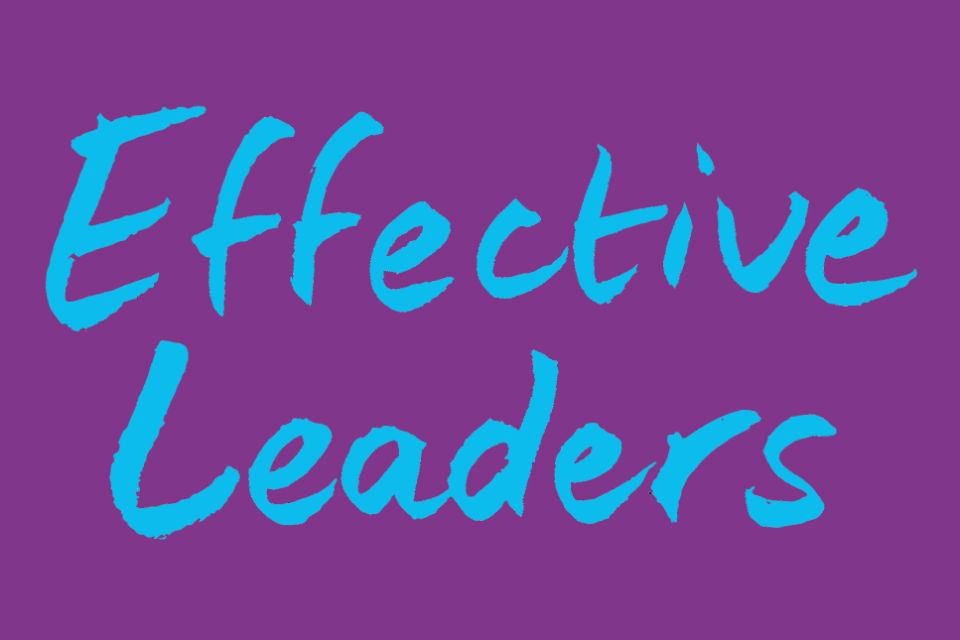
...worked on helping him structure his responses, use storytelling to bring the panel with him and pay as much attention to how he answered as to what he said. All...